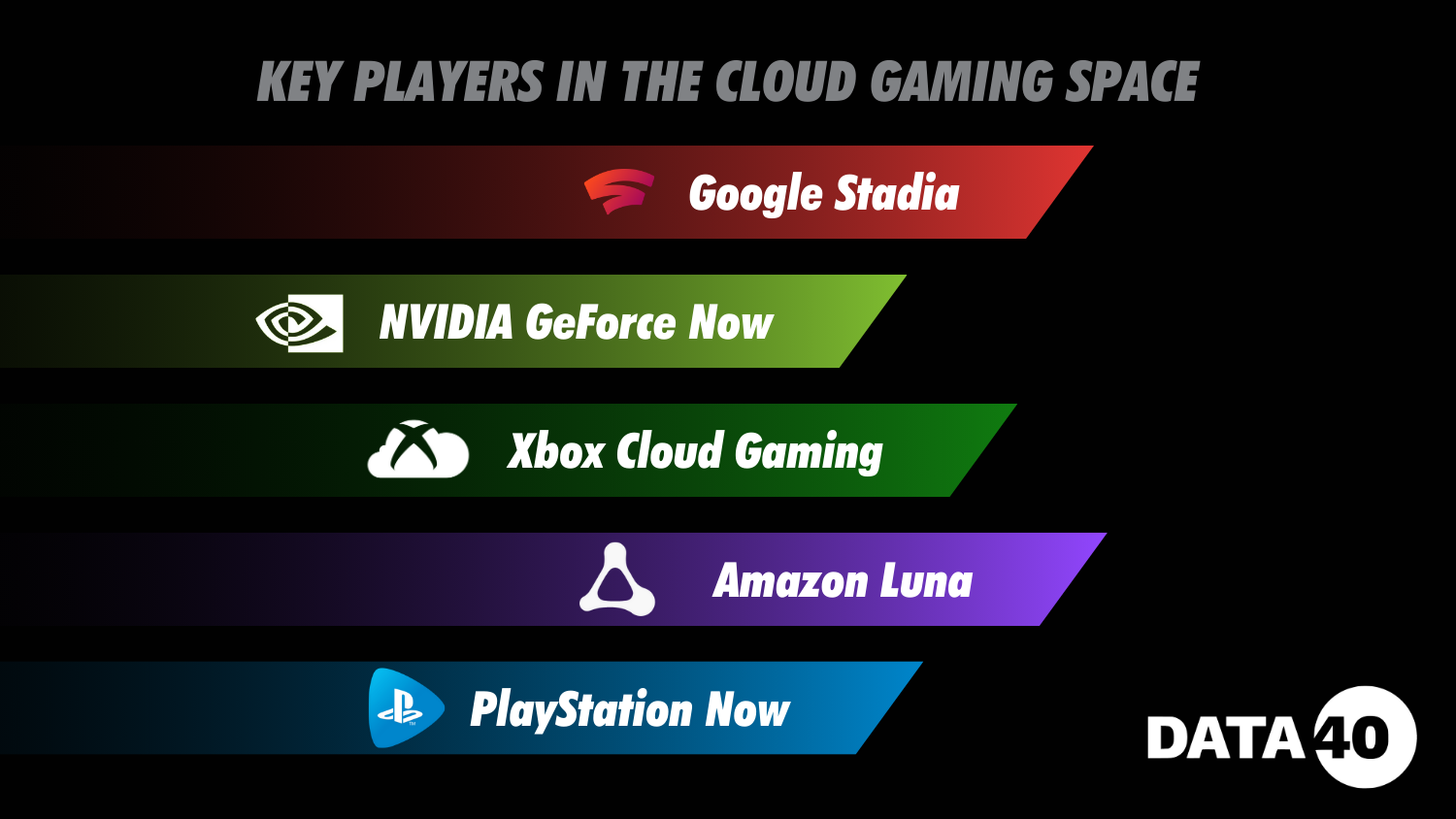

The game publishing industry in 2024 is at a critical juncture, shaped by a decade of rapid technological advancements, shifting consumer behaviors, and evolving business models. Over the past ten years, the industry has seen a significant transformation from traditional physical distribution to a predominantly digital ecosystem. This shift has not only changed how games are sold and played but also how they are developed, marketed, and monetized.
Evolution Over the Last Decade
In the early 2010s, the game publishing landscape was dominated by physical game sales, with major retail outlets playing a crucial role in the distribution chain. The rise of digital distribution platforms such as Steam, PlayStation Network, and Xbox Live revolutionized the industry, allowing for the direct sale and download of games. This change enabled publishers to reach global audiences without the constraints of physical inventory and shipping logistics, leading to a democratization of game distribution.
Simultaneously, the advent of mobile gaming introduced a new frontier, with games like Candy Crush and Clash of Clans proving that mobile platforms could generate billions in revenue. This period also saw the emergence of indie game developers, empowered by crowdfunding platforms like Kickstarter and the accessibility of digital distribution channels. Indie games like Stardew Valley and Celeste demonstrated that small teams could achieve critical and commercial success without the backing of major publishers.
As the decade progressed, new business models began to take hold. The rise of free-to-play games, supported by microtransactions and in-game purchases, fundamentally changed how revenue was generated in the industry. Titles like Fortnite and League of Legends thrived under this model, creating sustainable revenue streams long after the initial launch.
Major Shifts in the Current Landscape
By 2024, the game publishing world is characterized by several major shifts that are redefining the industry. First, the adoption of cloud gaming is accelerating, driven by advancements in internet infrastructure and the proliferation of high-speed broadband. Services like Xbox Cloud Gaming and NVIDIA GeForce Now are leading the charge, offering gamers the ability to stream high-quality games on a variety of devices without the need for expensive hardware.
In tandem with cloud gaming, subscription models have gained significant traction. Platforms like Xbox Game Pass and PlayStation Plus have set the stage for a “Netflix” approach to gaming, where players have access to a vast library of games for a monthly fee. This model is reshaping consumer expectations, with players increasingly valuing access over ownership.
Emerging markets such as India, Southeast Asia, and Latin America are becoming pivotal for growth. These regions are experiencing a surge in internet penetration and mobile device usage, creating new opportunities for publishers. Companies are increasingly tailoring their strategies to cater to these diverse and rapidly growing audiences, often focusing on mobile-first or localized content.
Cloud Gaming: The Next Frontier
Cloud gaming, also known as game streaming, represents a transformative shift in how games are delivered and played. Unlike traditional gaming models, where games are either physically installed on a console, PC, or mobile device, cloud gaming allows users to stream games directly from powerful servers in data centers. This model eliminates the need for high-end hardware on the user’s end, as the heavy lifting—such as rendering graphics and processing game logic—is done in the cloud.
In a traditional gaming setup, the quality of the gaming experience is largely dependent on the performance capabilities of the hardware. Gamers need to invest in expensive consoles or gaming PCs to run the latest titles at optimal settings. Updates and new game installations also require significant local storage space. With cloud gaming, all these requirements are offloaded to remote servers. Players only need a stable internet connection and a compatible device, such as a smartphone, tablet, smart TV, or even a low-spec PC, to stream and play games.
Key Players in the Cloud Gaming Space

As of 2024, the cloud gaming landscape is shaped by several major players, each offering unique strengths:
- Google Stadia: Launched in 2019, Google Stadia remains a key player, leveraging Google’s extensive data centers to deliver high-quality game streaming. Stadia offers both a la carte game purchases and a subscription service with a rotating game library, benefiting from Google’s vast infrastructure.
- NVIDIA GeForce Now: Known for its flexibility, NVIDIA GeForce Now allows users to stream games they already own from digital platforms like Steam and Epic Games Store. NVIDIA’s expertise in graphics technology, including ray tracing, ensures a top-tier streaming experience for gamers with a strong internet connection.
- Xbox Cloud Gaming (formerly xCloud): Integrated with Xbox Game Pass Ultimate, Xbox Cloud Gaming offers a wide selection of games across multiple devices. Microsoft’s extensive game library and robust Azure cloud infrastructure give it a significant competitive advantage.
- Amazon Luna: Operating on a channel-based subscription model, Amazon Luna leverages AWS infrastructure for smooth gameplay. Integration with Twitch offers unique social features, such as live streaming and instant play directly from Twitch streams.
- PlayStation Now: Sony’s PlayStation Now has evolved to include a broader selection of games, both old and new. The service complements PlayStation consoles but also allows for streaming on PCs, maintaining a strong presence in the cloud gaming space with its extensive game library.
Impact on Game Publishing
Cloud gaming is redefining the role of game publishers, shifting their focus from traditional physical distribution to managing cloud-based platforms. Instead of dealing with the logistics of producing and shipping physical copies, publishers now concentrate on digital distribution, content management, and ensuring compatibility across multiple devices. This shift requires collaboration with cloud service providers to deliver a seamless gaming experience.
Cloud gaming allows publishers to reach a much wider audience by removing the need for high-end hardware. Games can now be accessed on various devices, including smartphones and low-spec PCs, making it easier to tap into emerging markets like Southeast Asia and Latin America. This democratization of access expands the potential customer base significantly.
New Revenue Models in Cloud Gaming
Cloud gaming has indeed introduced various innovative revenue models that are being implemented by major players in the industry. Here are some real-world examples:
Time-Based Access
- Boosteroid: A European cloud gaming service, Boosteroid, offers a pay-as-you-go model where users can purchase access to games for specific periods, such as a few hours or a day. This model is particularly appealing to casual gamers who want to try out a game without committing to a full purchase or subscription.
Tiered Subscriptions
- Xbox Game Pass Ultimate: Microsoft’s Xbox Game Pass Ultimate is a prime example of a tiered subscription service. It offers a base Game Pass subscription that provides access to a vast library of games, while the Ultimate version includes additional benefits like Xbox Cloud Gaming, Xbox Live Gold, and access to exclusive content. This tiered approach allows Microsoft to cater to different levels of consumer spending and engagement.
- Amazon Luna: Amazon Luna operates on a channel-based subscription model. Users can subscribe to different “channels” that offer access to various game libraries. For example, the Ubisoft+ channel offers a selection of Ubisoft games, while the Luna+ channel includes a broader range of titles. This tiered structure allows users to choose the level of service that best fits their gaming needs and budget.
Ad-Supported Models
- Facebook Gaming: Another example is Facebook’s experimentation with cloud gaming, where games are free-to-play but supported by in-game advertisements. This model allows broad access without upfront costs, with revenue generated through ads viewed by players.
Cross-Platform Bundles
- Apple One: Apple One is a bundle that includes Apple Arcade, a gaming subscription service, alongside other Apple services like Apple Music, Apple TV+, and iCloud. While Apple Arcade itself is not a cloud gaming service, the bundling concept illustrates how cloud gaming could be combined with other entertainment services in the future.
Strategies for Game Publishers
Cultural Localization and Regional Partnerships
To succeed globally, game publishers must focus on cultural localization, adapting content to fit local norms and preferences, which goes beyond simple translation. For instance, games tailored to Chinese or Japanese audiences often incorporate local cultural elements, like Tencent’s Honor of Kings, which became highly successful due to its regional customization. Forming regional partnerships is also crucial, as local companies can provide insights into market behavior, regulations, and effective marketing strategies.
Adapting Business Models to Local Economies
In emerging markets, traditional pay-to-play models may not be as effective. Publishers can adopt alternative models such as:
- Microtransactions: Allowing players to make small in-game purchases has been successful in regions like Southeast Asia.
- Free-to-Play with Ads: This model, used by games like PUBG Mobile, enables broader access while generating revenue through ads.
- Localized Subscription Pricing: Services like Xbox Game Pass use regional pricing to make their offerings more accessible, boosting adoption and loyalty.
Recap of Key Points
As we move into 2024, several key trends are reshaping game publishing. Cloud gaming is transforming distribution, making games more accessible by eliminating the need for high-end hardware. This shift requires publishers to focus on digital content management and global scalability.
Subscription models are gaining traction, offering flexible access to game libraries and providing publishers with steady revenue. These models are increasingly tailored with tiered options and bundles to suit different market segments.
Emerging markets offer significant growth opportunities, with new gamers entering the ecosystem. Success in these regions hinges on cultural localization and adapting business models to local conditions, such as microtransactions and ad-supported gaming.
For those interested in diving deeper, you can purchase a curated list of the most beneficial game publishers tailored to your specific needs. This resource will help you navigate the evolving industry and connect with the right partners to drive your success.








